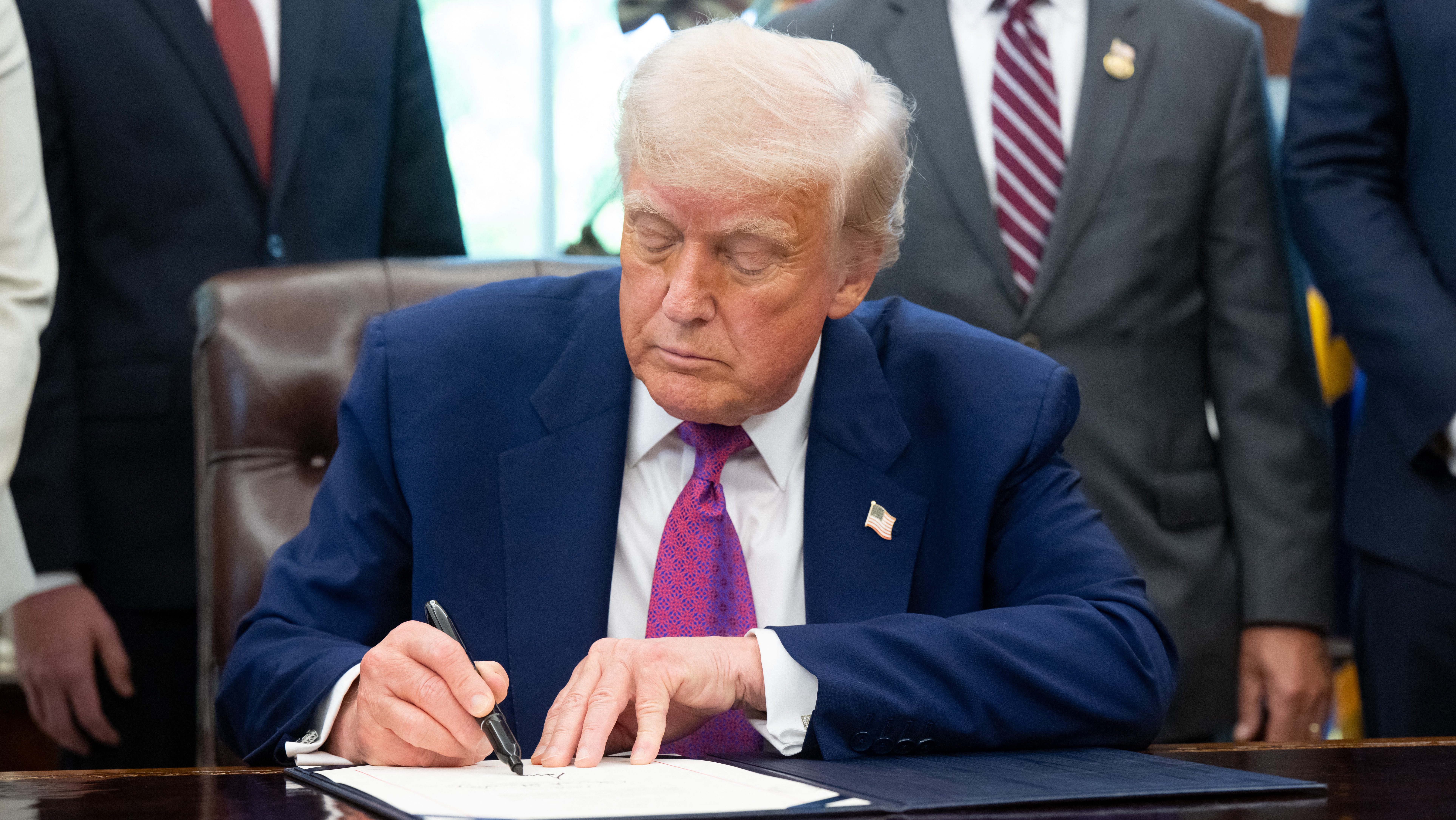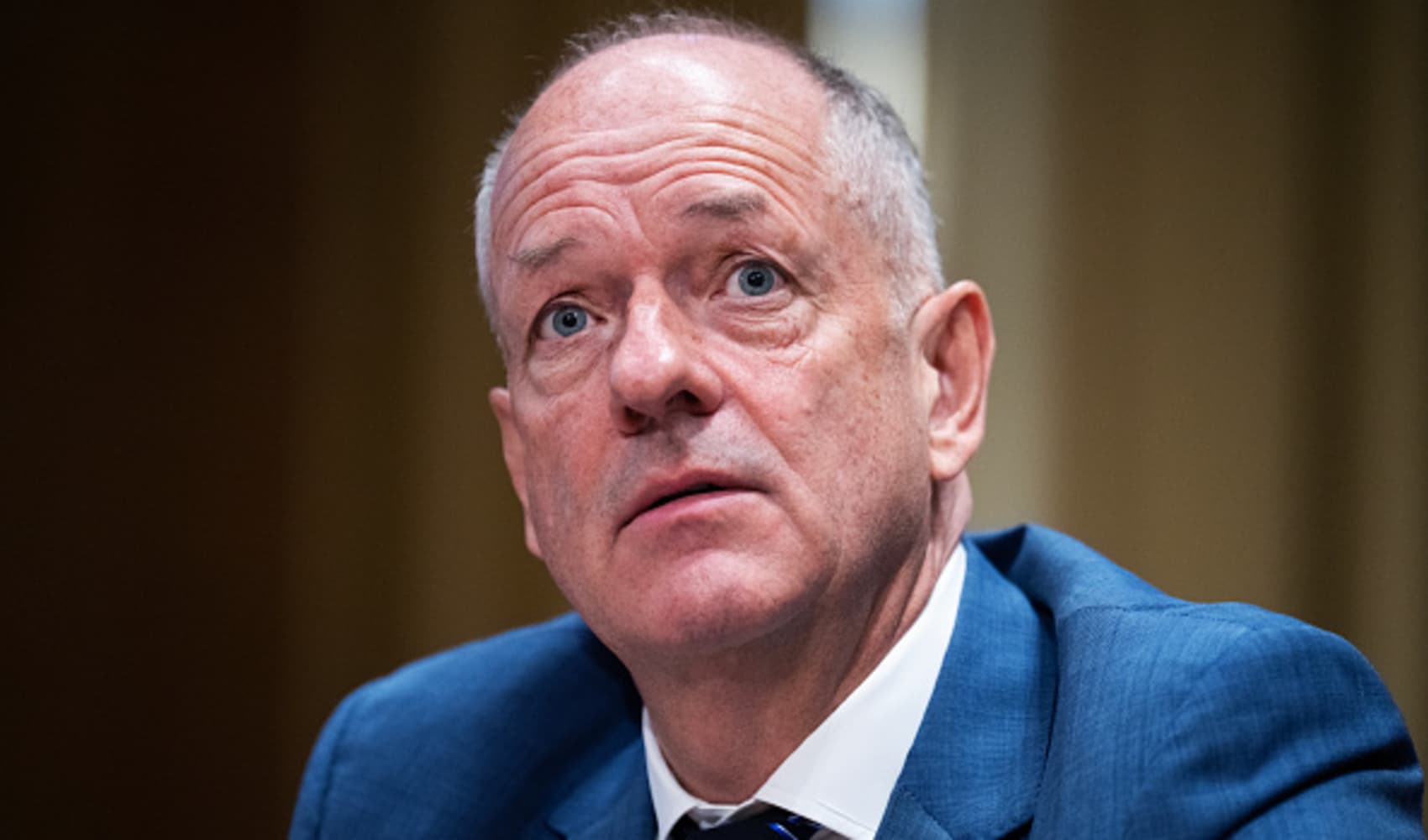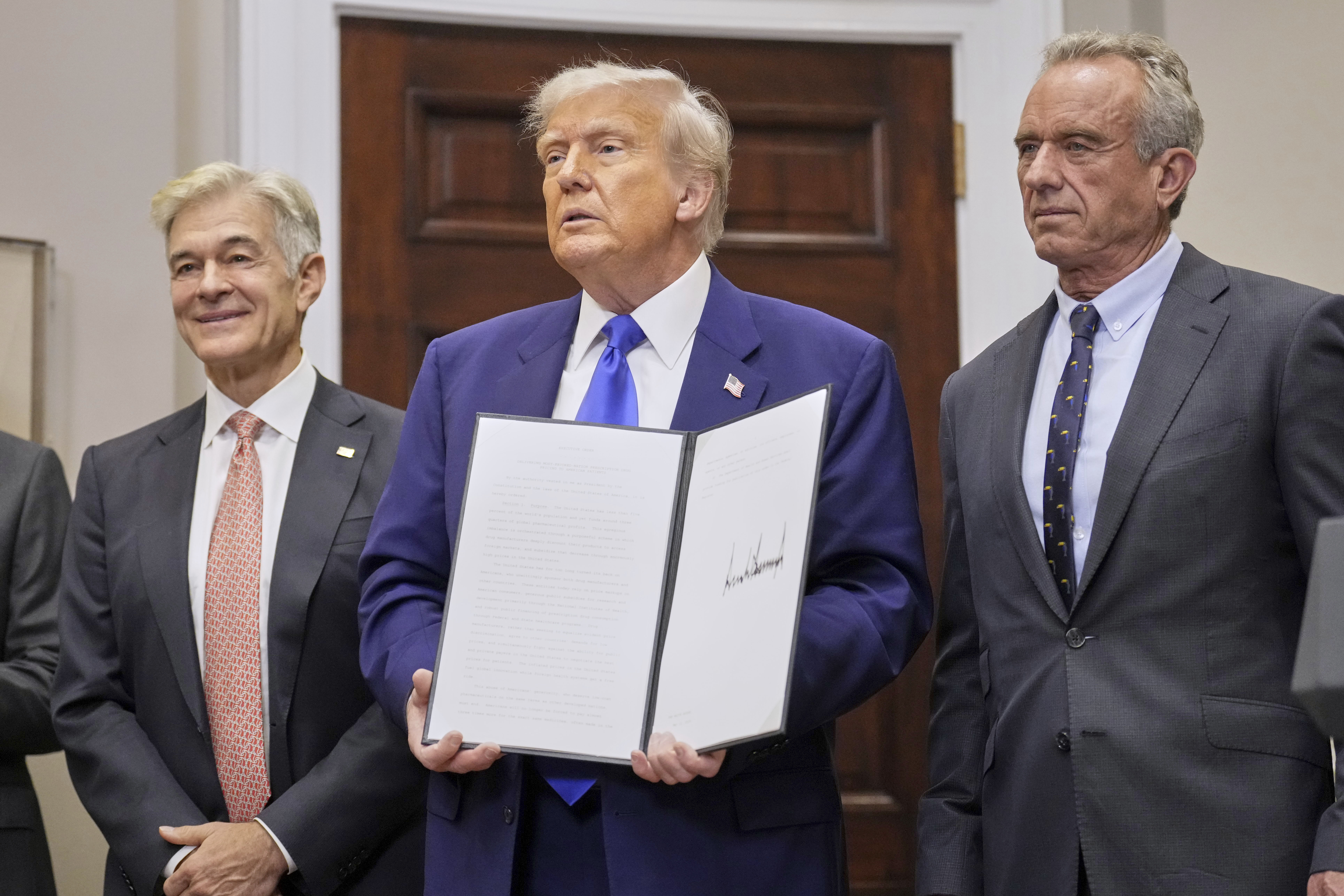Hinge Health IPO: From Cockroach to Unicorn
From ‘Cockroach Award’ to the Big Board: How Hinge Health Is Cracking the IPO Code
Introduction: An Unlikely Ascent
The road to an Initial Public Offering (IPO) is rarely smooth. It's paved with challenges, setbacks, and often, a good dose of luck. But for Hinge Health, a digital physical therapy startup, the journey has been particularly… *unconventional*. While other tech companies like Klarna and StubHub are hitting the brakes on their IPO aspirations due to market volatility, Hinge Health is boldly pushing forward, aiming to conquer the New York Stock Exchange (NYSE). But how did they get here? What's the secret sauce behind their resilience?
The Cockroach Mentality: A Foundation of Perseverance
At the heart of Hinge Health's unique culture lies an unusual symbol: the cockroach. Yes, you read that right. Hinge Health CEO Daniel Perez, who co-founded the company a decade ago, fostered a mindset of unwavering perseverance among his employees, encouraging them to embrace the "cockroach" spirit. Think about it: cockroaches are notoriously resilient, adaptable, and seemingly indestructible. They survive even the harshest environments. Perez wanted his team to embody these qualities, especially in the volatile world of startups.
The Cockroach Award: Celebrating Tenacity
This wasn't just a philosophical exercise. Perez institutionalized the "cockroach" concept by creating the "Cockroach Award." This wasn't some booby prize; it was a genuine recognition of hard work and dedication. Recipients of the Cockroach Award received a "cockroach squad" t-shirt and a cash bonus. It was a tangible symbol of the company's values and a constant reminder to persevere through challenges.
Flossy the Cockroach: An Unofficial Mascot
The cockroach theme extended beyond the award. In Hinge Health's original London headquarters, a picture of a cockroach, affectionately named "Flossy," held a prominent place on the wall. For much of Hinge Health's first decade, Flossy served as the unofficial mascot, a quirky reminder of the company's commitment to resilience.
The Digital Health Landscape: A Minefield for Startups
The digital health sector is often touted as the next big thing, but the reality is far more complex. It's a landscape riddled with regulatory hurdles, skeptical consumers, and intense competition. Digital health has been a tough market for startups for several years, long predating any specific political or economic factors. It's not enough to have a great idea; you need to navigate a complex web of stakeholders and regulations to succeed.
Navigating Regulatory Hurdles
One of the biggest challenges for digital health startups is navigating the complex regulatory landscape. Healthcare is heavily regulated, and digital health companies must comply with a myriad of rules and regulations related to data privacy, security, and efficacy. Failing to comply with these regulations can result in hefty fines and even legal action.
Building Trust with Consumers
Another challenge is building trust with consumers. Many people are hesitant to use digital health solutions, particularly when it comes to sensitive health information. To overcome this skepticism, digital health companies need to demonstrate the safety and efficacy of their products and services.
Hinge Health's Solution: A Focus on Musculoskeletal (MSK) Care
So, what sets Hinge Health apart? The answer lies in their strategic focus: Musculoskeletal (MSK) care. MSK conditions, such as back pain, knee pain, and arthritis, are incredibly common and costly. Hinge Health recognized the potential to disrupt this market by offering a digital physical therapy solution that is accessible, affordable, and effective. They pinpointed a huge market need.
The Power of Digital Physical Therapy
Hinge Health's digital physical therapy platform combines wearable sensors, personalized exercise programs, and remote coaching to help patients manage their MSK conditions. This approach offers several advantages over traditional physical therapy, including greater convenience, lower costs, and improved adherence.
Reducing Healthcare Costs
One of the key benefits of Hinge Health's solution is its ability to reduce healthcare costs. MSK conditions are a major driver of healthcare spending, and Hinge Health's platform can help patients avoid costly surgeries and medications. By providing patients with the tools and support they need to manage their conditions at home, Hinge Health can significantly lower healthcare costs for employers and insurers.
The Path to Profitability: A Long and Winding Road
Even with a promising solution, the path to profitability for digital health startups is often long and winding. It requires significant investment in technology, marketing, and sales. Hinge Health has raised hundreds of millions of dollars in venture capital funding to fuel its growth. But can they turn all that investment into sustainable profits?
Scaling the Business: A Critical Challenge
Scaling a digital health business is a complex undertaking. It requires building a robust infrastructure, hiring and training qualified staff, and expanding into new markets. Hinge Health has invested heavily in building its platform and expanding its reach, but it faces ongoing challenges in managing its growth.
Competition in the Digital Health Space
The digital health market is becoming increasingly crowded, with new players emerging all the time. Hinge Health faces competition from established healthcare providers, as well as other digital health startups. To stay ahead of the competition, Hinge Health needs to continue innovating and differentiating its offerings.
Why an IPO Now? Timing the Market
Given the current market conditions, why is Hinge Health pursuing an IPO now? It's a risky move, especially with so many other companies delaying their plans. Perhaps Hinge Health believes it has reached a critical mass of users and revenue, making it an attractive investment for public market investors. Or, maybe they see a window of opportunity that won't be open for long.
The Investor Perspective: Is Hinge Health a Good Bet?
From an investor's perspective, Hinge Health presents both opportunities and risks. On the one hand, the company has a strong track record of growth, a compelling solution, and a large addressable market. On the other hand, the digital health market is volatile, and Hinge Health faces significant competition. Ultimately, investors will need to weigh these factors carefully before deciding whether to invest.
The Future of Hinge Health: Beyond the Big Board
Regardless of the outcome of its IPO, Hinge Health has already made a significant impact on the digital health landscape. The company has demonstrated the potential of digital physical therapy to improve patient outcomes and reduce healthcare costs. What does the future hold for them?
Expanding into New Markets and Services
Looking ahead, Hinge Health is likely to continue expanding into new markets and services. The company could potentially offer solutions for other chronic conditions, such as diabetes and heart disease. It could also partner with other healthcare providers to offer a more comprehensive suite of services.
Conclusion: From Cockroach to Unicorn – A Testament to Perseverance
Hinge Health's journey from a startup with a "Cockroach Award" to a company poised for an IPO is a testament to the power of perseverance, innovation, and a little bit of quirkiness. They've navigated a challenging market, built a compelling solution, and fostered a culture of resilience. While the IPO is a significant milestone, it's just the beginning of their story. Whether they soar on the Big Board or face further challenges, Hinge Health's "cockroach" mentality will undoubtedly serve them well in the years to come. The key takeaways are:
- Resilience is paramount, especially in the volatile startup world.
- Focusing on a specific niche, like MSK care, can be a winning strategy.
- Building a strong company culture, even one based on cockroaches, can drive success.
Frequently Asked Questions
Q1: What is Hinge Health and what does it do?
Hinge Health is a digital health company that provides virtual physical therapy programs for musculoskeletal (MSK) conditions like back pain, knee pain, and arthritis. They combine wearable sensors, personalized exercise plans, and remote coaching.
Q2: Why is Hinge Health's IPO considered "unlikely" given the current market?
The current market is experiencing turbulence and uncertainty, leading many companies to delay their IPO plans. Hinge Health's decision to proceed is seen as bold and potentially risky.
Q3: What is the "Cockroach Award" and why did Hinge Health use it?
The "Cockroach Award" was a company award given to employees who demonstrated resilience and perseverance. It was meant to foster a culture of tenacity, reflecting the cockroach's ability to survive challenging environments.
Q4: How does Hinge Health reduce healthcare costs?
By providing accessible and convenient digital physical therapy, Hinge Health helps patients manage their MSK conditions at home, potentially avoiding costly surgeries, medications, and in-person physical therapy sessions.
Q5: What are the main risks for investors considering Hinge Health's IPO?
The main risks include the volatility of the digital health market, increased competition from other healthcare providers and digital startups, and the challenges of scaling a rapidly growing business.






